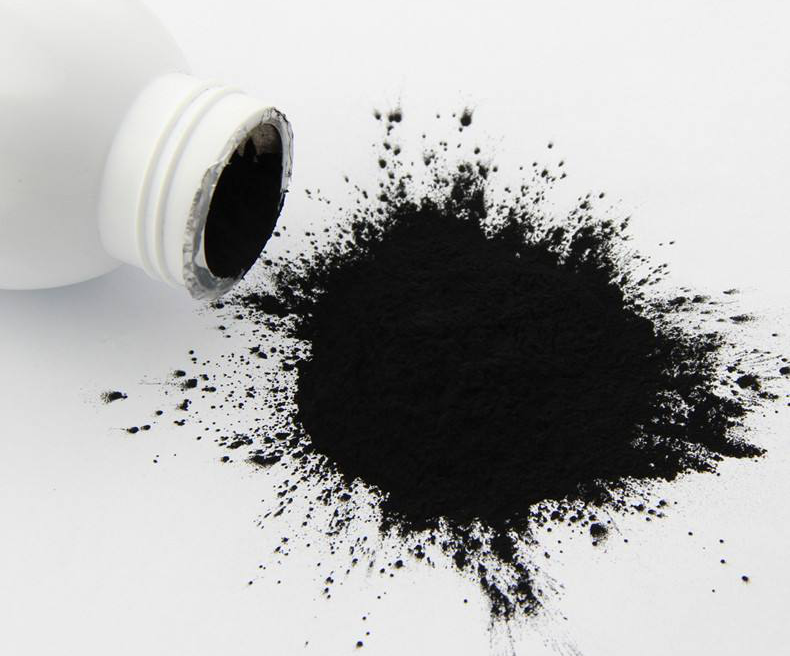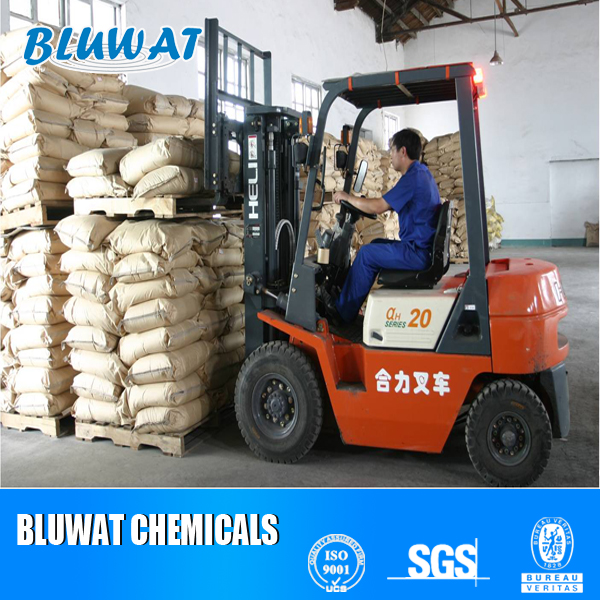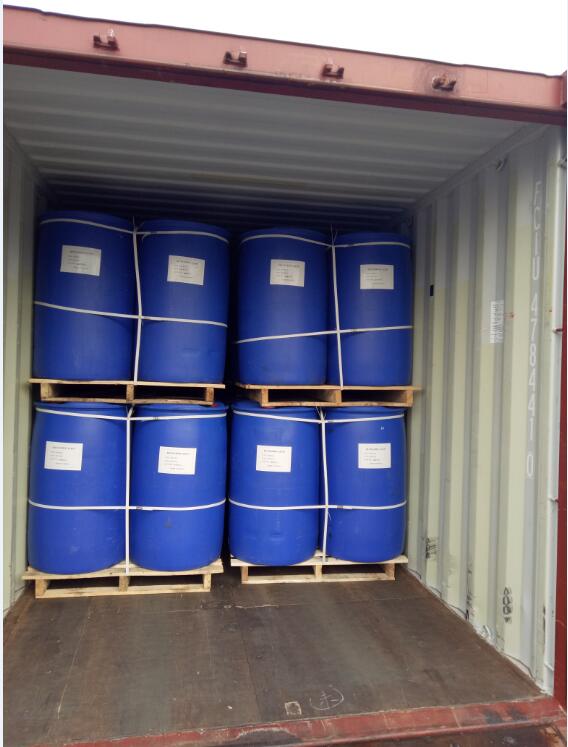-
-
Bluwat Chemicals is a professional supplier of water treatment chemicals in China. We provide our customers both traditional and innovative products to ensure optimum control in a wide variety of applications, which including treatment of drinking water, waste water, process water. We are trying our best to be the professional manufacturer and service supplier to reduce your treatment cost.
Our core products are coagulants and flocculants for water treatment, and polymers for oil/gas drilling and EOR (enhanced oil recovery). .....
-
-
BLUWAT are professional manufacturer in China for water treatment chemicals.
We can supply following serial products to satisfy different demand in water treatment industry.
1,BWD series Water Decoloring Agent:
Mainly used in textile, dyeing, paper industries as decolorant agent.
Can remove color and reduce CODcr to save water treatment cost......
-
-
-
80000
Ton
Annual sales of water treatment products worldwide
20+
year
Operating water treatment products for 20 years
1500+
Clinets
Buy from us from different industries
-
-
-

Why the Power Plant Chose BLUWAT® PAC: Risk Assessment of Changing PAC Suppliers
This case study explains why a power plant continued using BLUWAT® PAC, highlighting the technical and operational risks of changing PAC suppliers in water pretreatment systems.
-

Turning Mining Slurry into Value: Polyacrylamide Solutions from Bluwat Chemicals
Bluwat Chemicals supplies mining-grade Polyacrylamide (PAM) designed for solid–liquid separation, tailings thickening, and water recycling in iron, copper, gold, coal, and non-ferrous mines. Reliable quality, stable supply, and 25+ years of polymer expertise.
-

Polyacrylamide (PAM/HPAM) Polymers Unlocking Extra Barrels in Mature Oilfields
Bluwat Chemicals provides engineered PAM/HPAM polyacrylamide polymers for advanced polymer flooding, improving mobility control, sweep efficiency, and recovery performance in mature oilfields.
-

Bluwat Chemicals Polyacrylamide | PAM Flocculant for Water & Wastewater Treatment
High-performance polyacrylamide (PAM) flocculants from Bluwat Chemicals for efficient water and wastewater treatment.
-
-
-
Warm Wishes for the Holiday Season
Season’s Greetings from Bluwat Chemicals. We thank our customers and partners worldwide for their trust and support throughout the year.
넶0 2025-12-19
2025-12-192025-08-292024-09-232024-08-22 -
-
Aluminum Profile Wastewater Treatment
Aluminum profile wastewater refers to the wastewater generated during the manufacturing process of aluminum profiles. This wastewater typically contains various pollutants, including aluminum particles, oils, residual chemicals, and other impurities.
There are several methods for treating aluminum profile wastewater:
-
Precipitation Method: This is a common wastewater treatment method that involves adding chemical coagulants to aggregate suspended solid particles and impurities in the wastewater, allowing them to settle at the bottom for separation.
-
Centrifugal Separation: Centrifugation is used to separate wastewater into clarified liquid and sludge, with lighter impurities in the clarified liquid being removed to reduce impurities in the wastewater.
-
Biological Treatment: Biological processes, such as activated sludge or biofilters, can be employed to break down organic matter and degrade it into safer substances.
-
Membrane Separation: Various membrane technologies like microfiltration, ultrafiltration, or reverse osmosis can be used to filter and separate dissolved impurities and fine particles from wastewater.
-
Chemical Treatment: Some specific wastewater may require custom chemical treatments to remove particular pollutants, usually based on the specific composition of the wastewater.
Bluwat Laboratory tried the chemical treatment of Aluminum Profile Wastewater.
Step 1: Add Water Decoloring Agent
Step 2: Add Polyaluminium Chloride
Step 3: Adjust pH to 7-8
Step 4: Add Polyacrylamide
As you can see, 99% of color and suspended solids were removed.
If you also have trouble treating the aluminum profile, try this solution, We would love the hear your feedback!
QUICK NAVIGATION
PRODUCT CATEGORIES
CONTACT US
















































